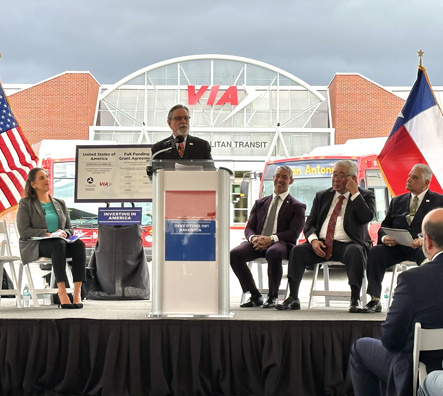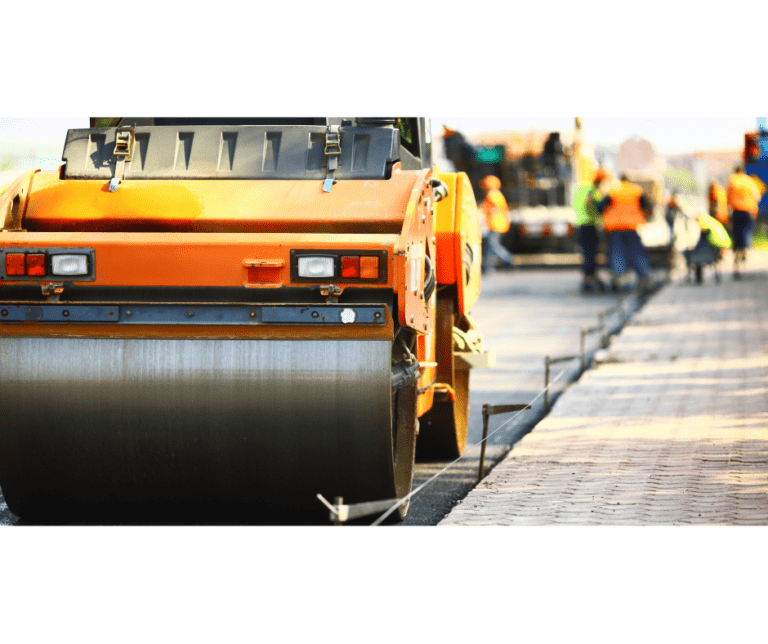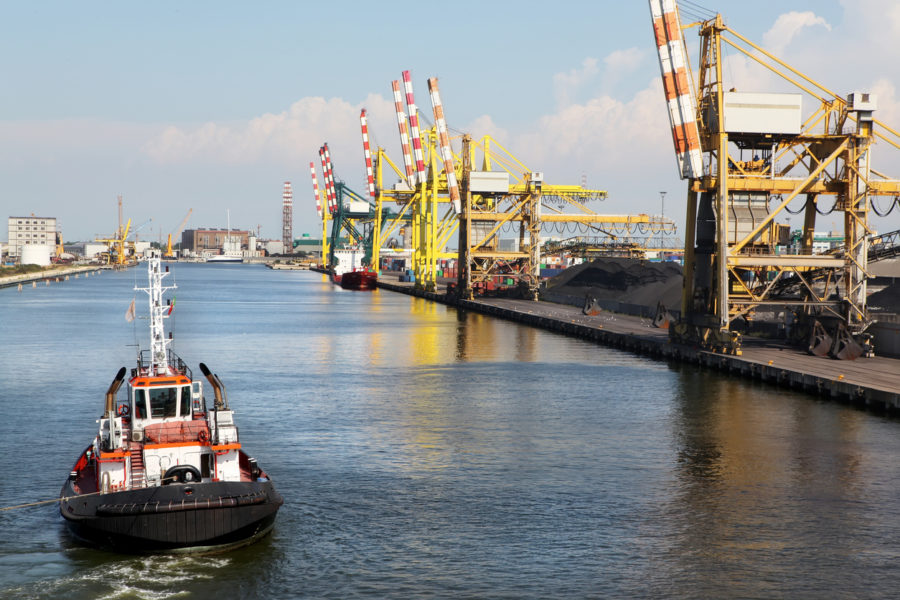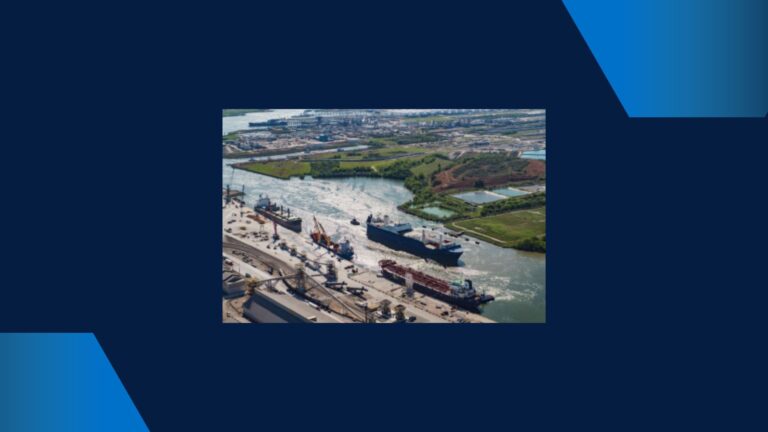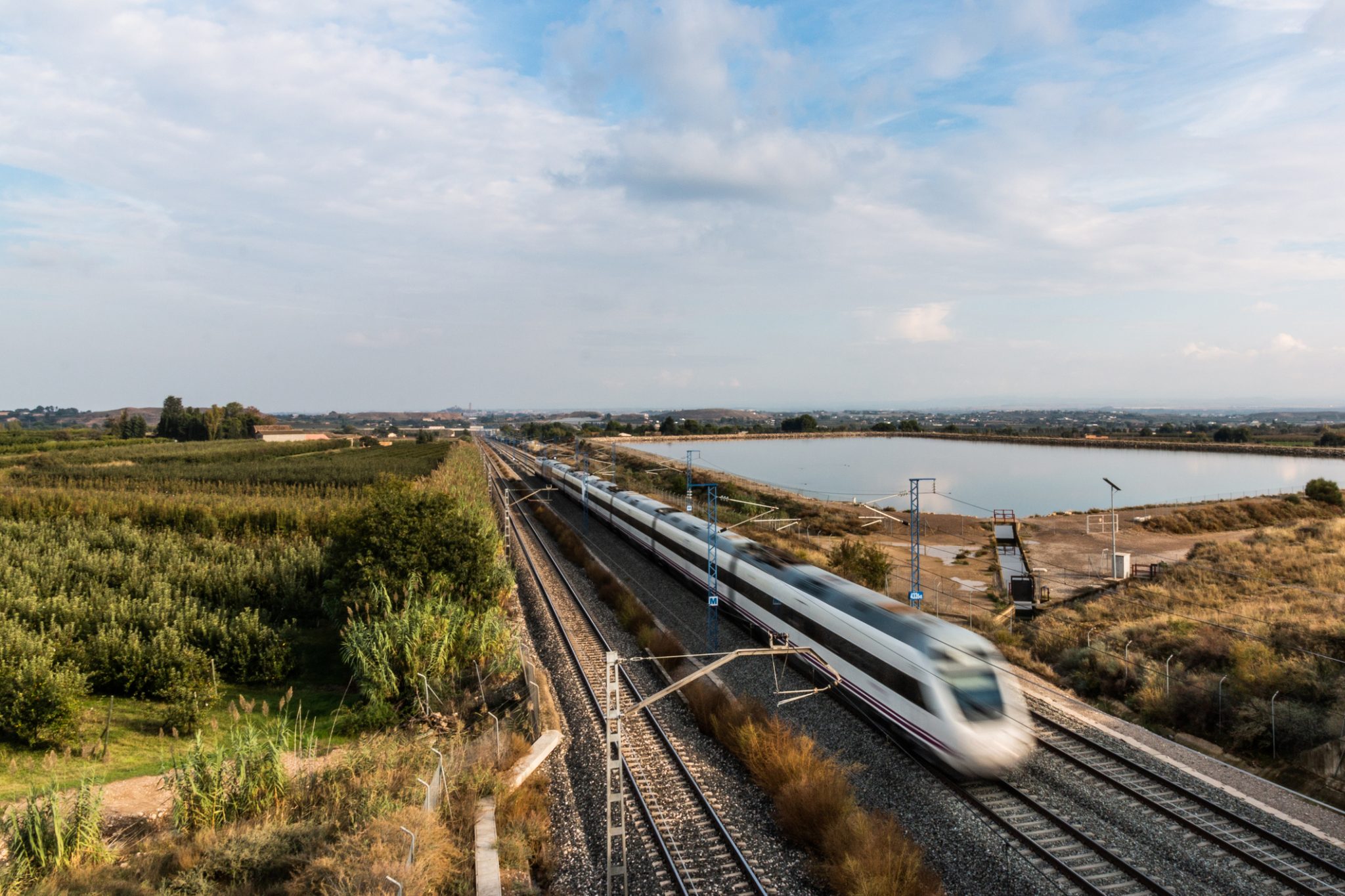
- Texas Central announced on Friday that it has entered into a design-build agreement for its $20 billion high-speed rail project between Houston and Dallas with the joint venture of Italian civil engineering contractor Salini Impregilo and The Lane Construction Corp., a U.S. division of Salini. The value of the JV’s work is estimated at $14 billion, which is incremental to the work they have already done on the project, according to Texas Central.
- The JV’s contract includes the continuation of early engineering design and other preconstruction work — i.e. strategy, logistics, cost analysis and scheduling — that the JV has already been performing for Texas Central, in addition to design and construction of viaducts and embankments, installation of the track system, alignment and construction of maintenance and equipment buildings.
- Texas Central estimates that the project will produce a $36 billion economic benefit for the state during the next 25 years and will generate 10,000 construction jobs annually during peak construction. The train itself will be based on Central Japan Railway’s Tokaido Shinkansen train system, which Texas Central said is the safest mass transportation system in the world.
Dive Insight:
This is a significant step forward for Texas Central, which has had to not only deal with legal action — and some bad publicity — brought by landowners reluctant to give up their property for the rail project, but also with comparisons to the once-$77 billion California bullet train that was so plagued with cost overruns and delays that California Gov. Gavin Newsom significantly scaled it back soon after being sworn in earlier this year.
But the Houston-to-Dallas project is very different, said Holly Reed, managing director of external affairs at Texas Central.
First, she said, every decision that the Texas Central team makes is data-driven, including the one that put the project between Dallas and Houston after an evaluation of 90 pairs of U.S. cities. The sweet spots of high-speed rail, Reed told Construction Dive, lie between cities that are too far for people to drive but too close to justify a plane trip.
The Texas Central approach, she said, is to solve that problem by building a point-to-point solution where the company can also be most successful.
Another difference between the California and Texas projects, Reed said, is that Texas Central has assembled a team of experts that is accountable to private investors. “We have every incentive to be on time and on budget,” she said. In addition to bringing in Japanese train technology and contracting the work out to Salini, which has built thousands of miles of high-speed lines before, Texas Central will hand over operations to Spain-based Renfe, with project manager Bechtel overseeing it all.
The use of private investment rather than public funds, said Joseph Schofer, professor of civil and environmental engineering at Northwestern University, means that Texas Central is likely more motivated to make the project a success and has more freedom than an agency that must endure the pressures of political winds.
The Dallas-to-Houston route, he said, is closer to a commuter market, unlike the California bullet train, he said, which was “all over the place and had to serve everybody.” The chance for a solid market success, he said, likely is greater with the Texas project.
Texas Central, Reed said, has acquired approximately 30% of the necessary total parcels of land and still faces some legal hurdles. Reed said the company is facing opposition in some rural counties, primarily around the question of whether Texas Central is a railroad and has the right to gather up land as such. “The answer to that is yes we are,” she said, “… [and we believe] the merits of the case will prove that out.”
One of the standout features of the Texas Central project, Reed said, is the high level of safety. There are no at-grade crossings anywhere along the route, which will all but eliminate the chance that motorists or pedestrians will ever cross paths with the train. In addition, the train will not share tracks with any other rail line, instead running on dedicated northbound and southbound tracks.
The rail developer still has to navigate some Federal Railroad approvals, Reed said, which should put the start of construction into sometime next year. The project, she said, will be broken into 10 segments that will be built simultaneously.
A potential obstacle that the Texas Central team is working on now, well in advance of construction, is assembling a skilled workforce large enough to handle the project, which Reed said will use three times the concrete that it took to build the Hoover Dam. The company is developing relationships with community colleges, workforce agencies and other sources in order to ensure a robust pipeline of workers for the high-profile project.
Source: Construction Dive



